How We Think About Education
The most fundamental idea in public education–the infinite interdependence of living that scrutiny of schools misses entirely.
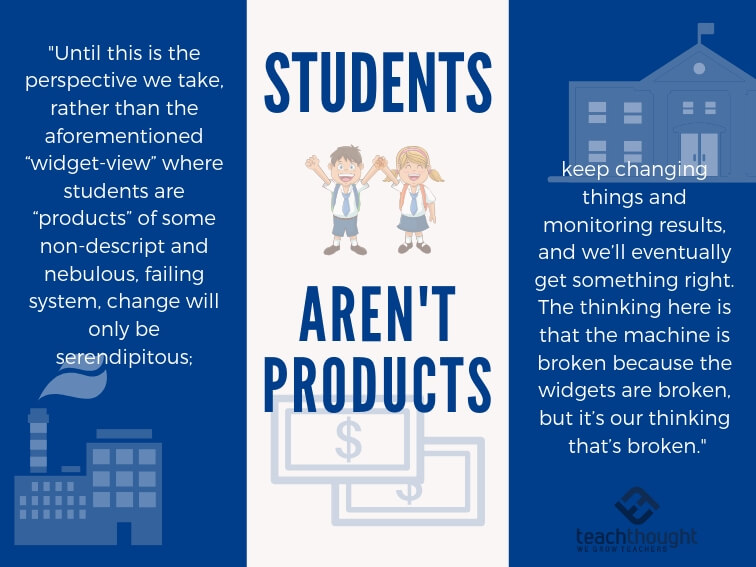
The most fundamental idea in public education–the infinite interdependence of living that scrutiny of schools misses entirely.
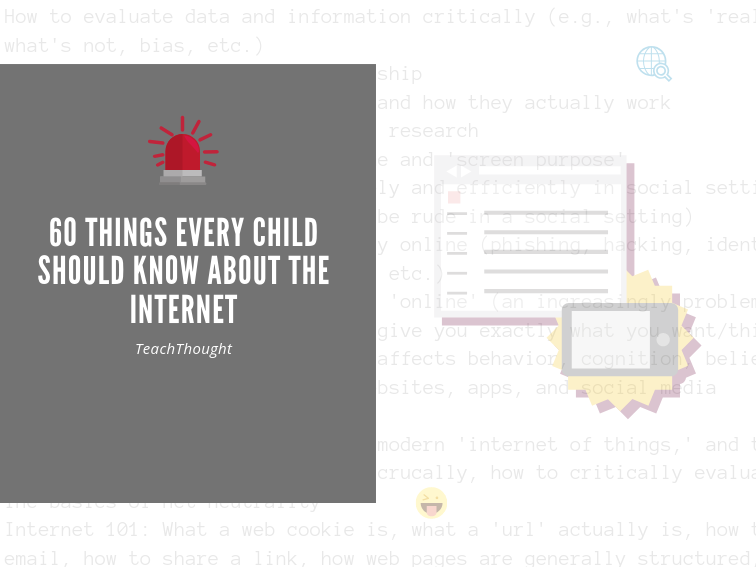
61. How digital propaganda works compared to other ‘classic’ propaganda forms and how to adjust your online behavior and habits in response

So many trends in learning are repackaged approaches teachers have seen before, and when that trend appears different, its results are not.
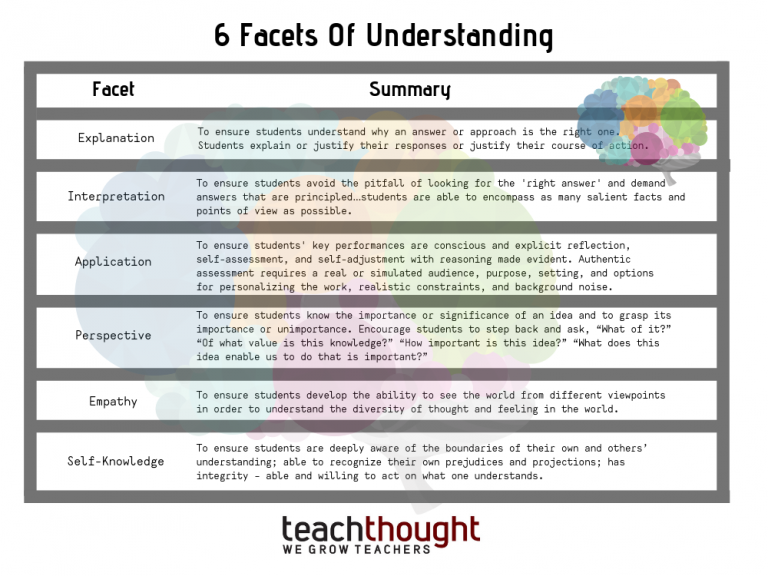
The 6 Facets of Understanding is a non-hierarchical framework for understanding. These ‘facets’ are useful as indicators of understanding.

Change is a key characteristic of the 21st century–a cause & effect. And change in education technology specifically can impact your teaching.
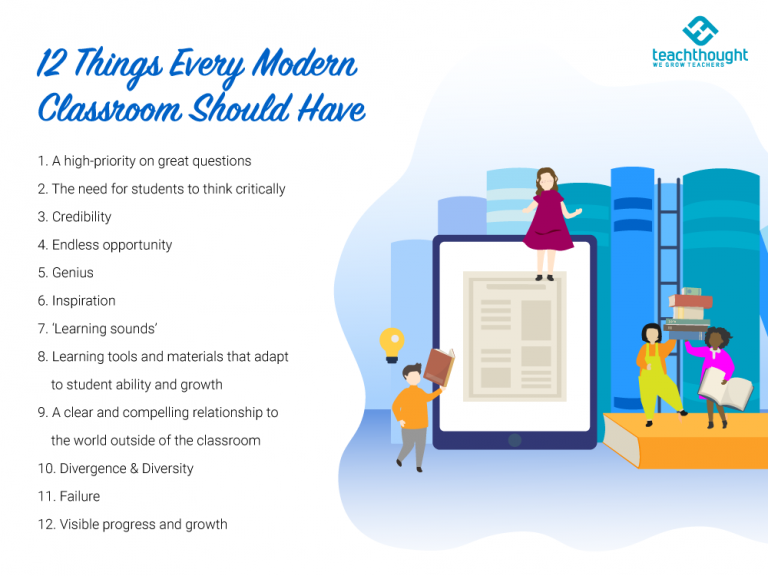
Every classroom is as different as the person creating it. But are there any common elements that every modern classroom should share?
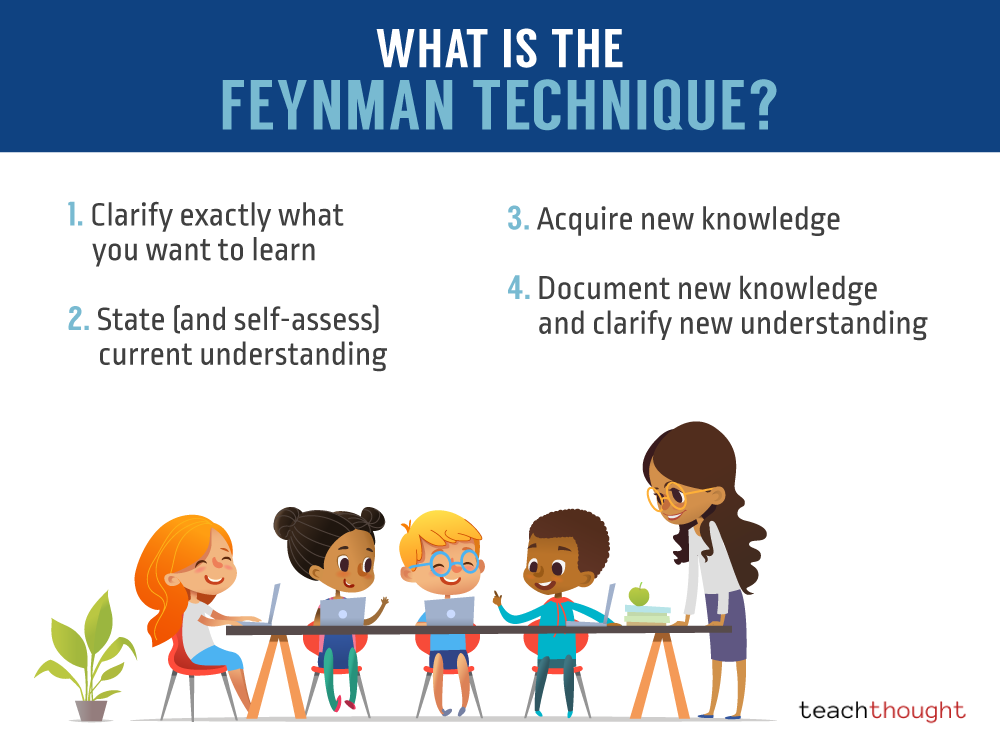
To use the Feynman Technique, practice explaining a concept to others as simply as possible. Make it simple, then make it simple again.
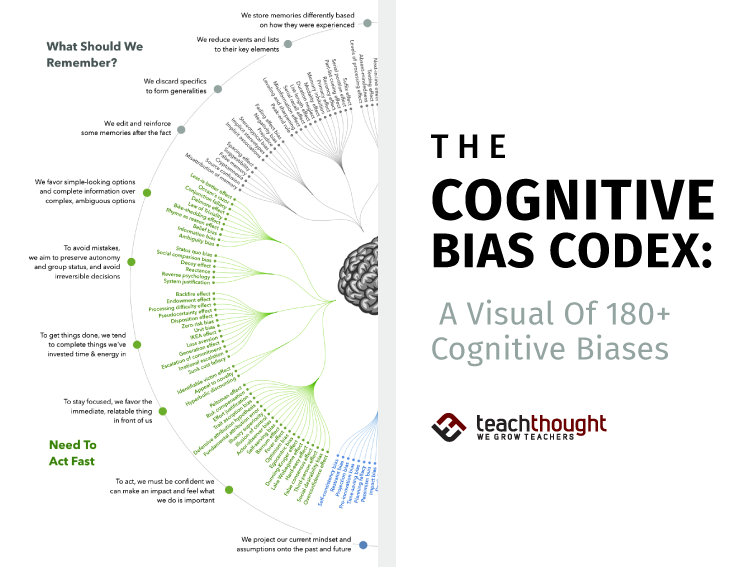
Cognitive biases are tendencies to selectively search for or interpret data in a way that confirms one’s existing beliefs.
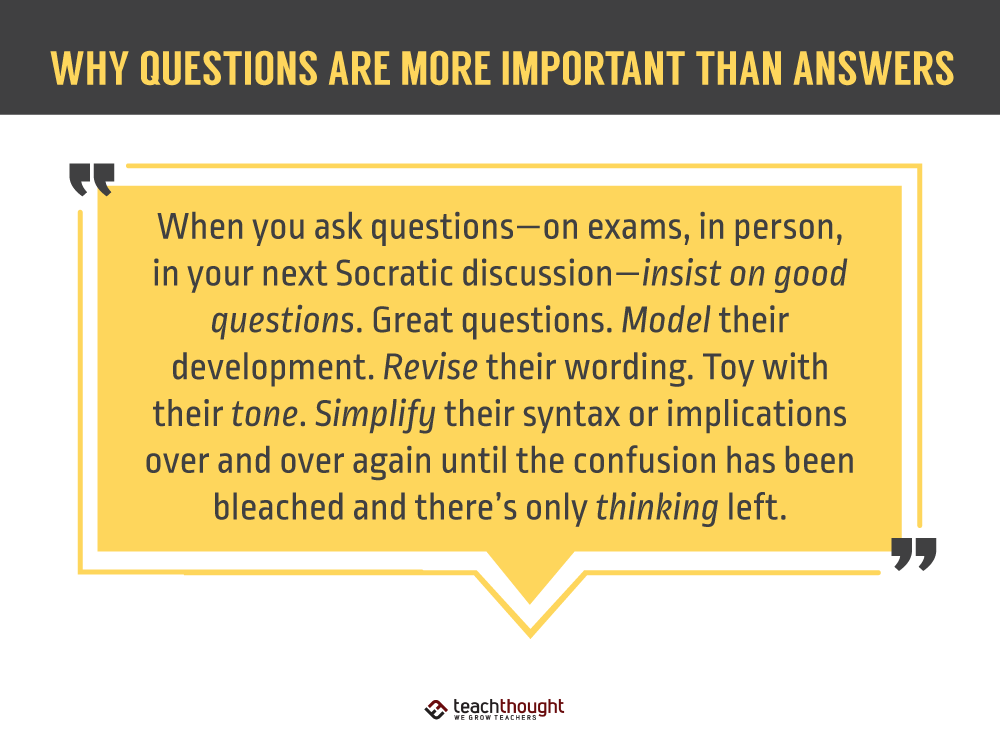
Why are questions more important than answers? Because answers stop learning while questions start it, contextualizing what we don’t know.
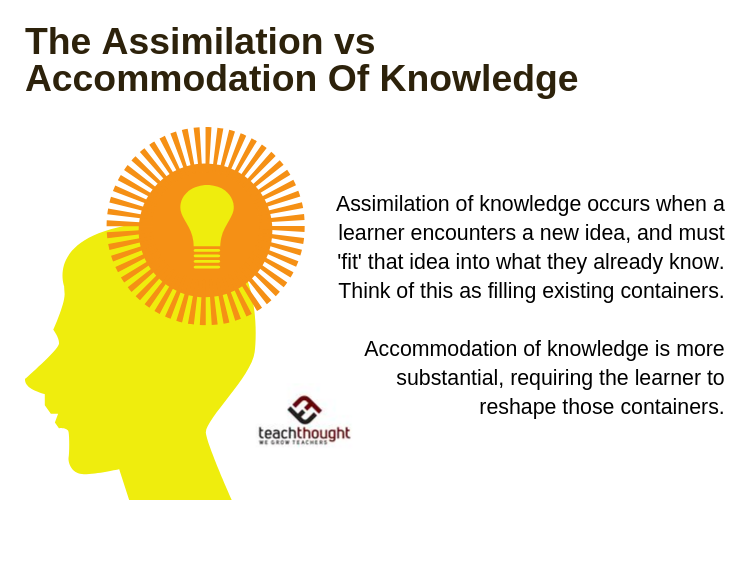
Piaget was interested in how children organize data, settling on 2 fundamental responses stimuli: assimilation & accommodation of knowledge.
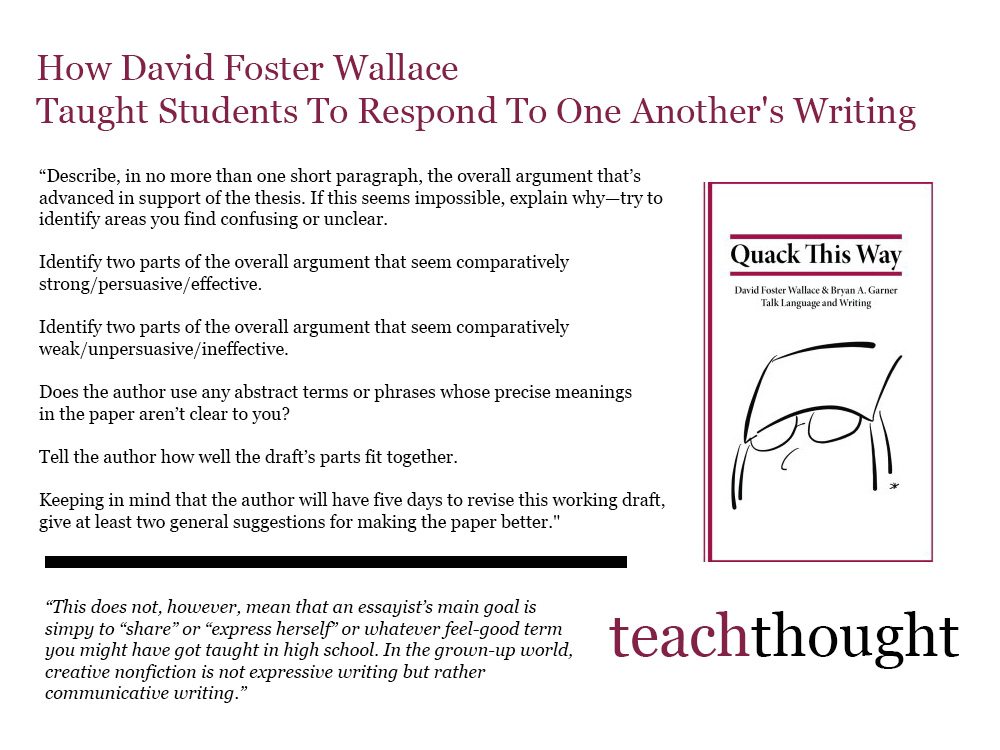
The reader, in fact, will feel about you, your subject, and your essay only what your written words themselves induce her to feel.
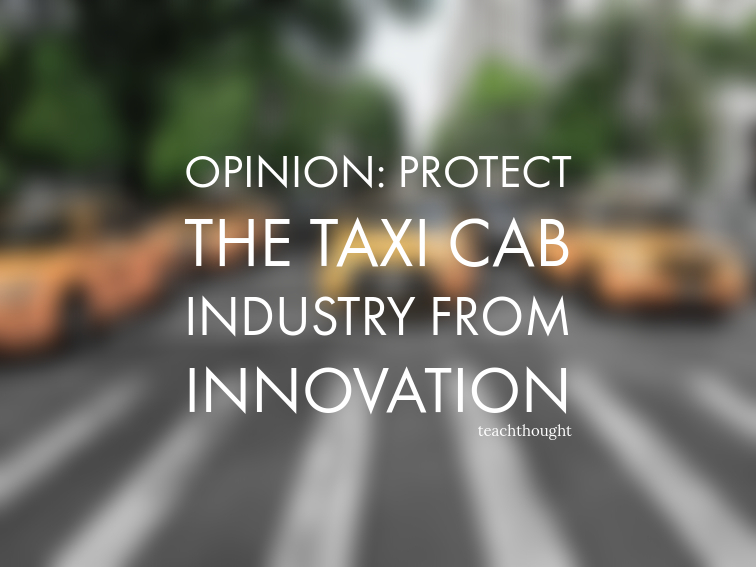
Opinion: Protect The Taxi Cab Industry From Innovation by Terry Heick We have to protect the taxicab industry from disruptive innovation. After a century of dominance in the moving-very-small-groups-of-people-around-a-city market, outside forces have disrupted cabs as the de facto method for people-moving. From automotive manufacturers who manufacture fleet-friendly automobiles often used as cabs to the…